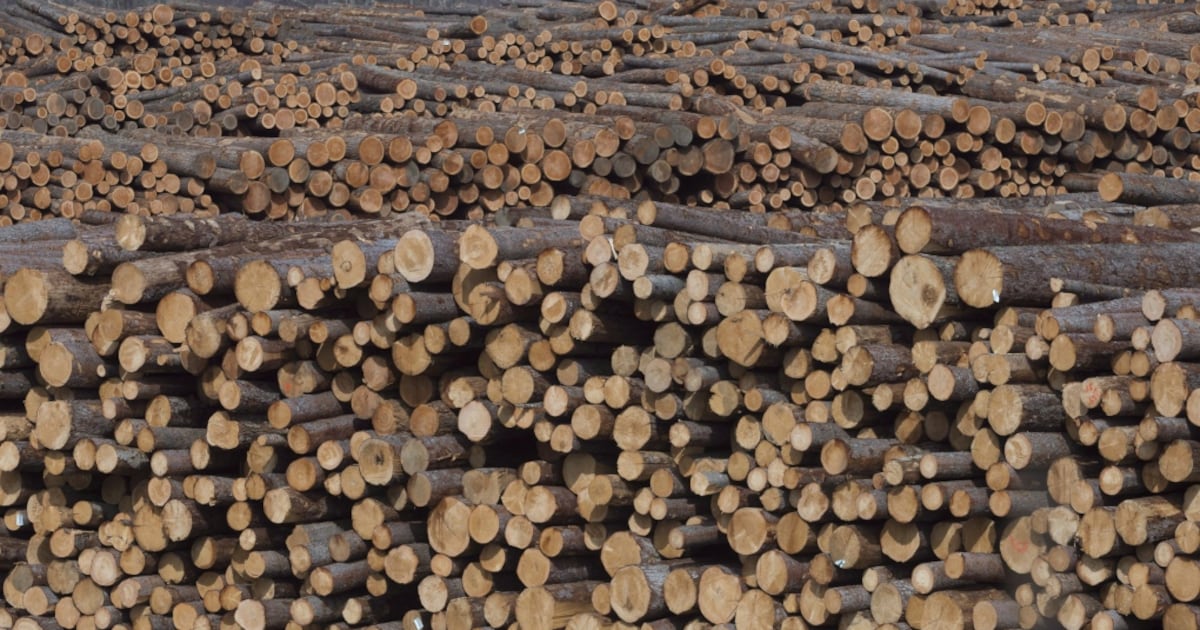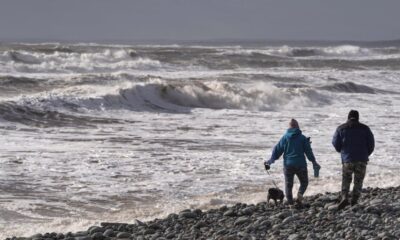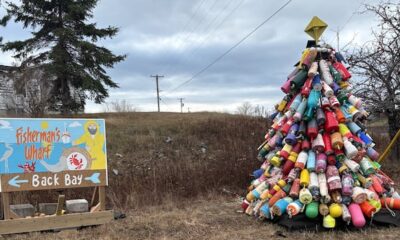Top Stories
New Brunswick to Allow Limited Crown Land Operations Amid Fires

UPDATE: New Brunswick’s government has just announced a limited resumption of operations on Crown lands as the province grapples with an urgent wildfire crisis. As of Tuesday afternoon, there are 28 active wildfires, five of which are classified as out of control.
In a significant move to balance safety and economic needs, officials confirmed that businesses can now apply for permits to operate under strict conditions. This decision comes after an earlier burn ban that closed all Crown lands. The government emphasizes that while industry activities are resuming, all recreational activities—including campfires and ATV use—remain prohibited.
Natural Resources Minister John Herron stated, “While our top priority continues to be safety, we recognize the need to support the return of operations on Crown lands.” He highlighted that many New Brunswick companies depend on these resources, employing thousands of residents across the province.
Under the new rules, tree-cutting operations will be restricted to the hours of 8 p.m. to 10 a.m., and no work will be allowed in areas currently affected by wildfires. Herron noted that approximately 2,500 hectares of land are at risk, which could represent a loss of $4 million in royalty revenue and $10.5 million in tax revenue from the forestry sector.
Industry leaders are cautiously optimistic about the resumption of activities. Rick Doucett, President of the New Brunswick Federation of Woodlot Owners, expressed relief at the decision but stressed the challenging conditions they face. “We just sort of got up off the floor from a punch in the face with the new anti-dumping fees,” Doucett remarked, highlighting the compounded difficulties from recent weather conditions that have hampered operations.
The forestry sector has been under immense pressure as some mills were reportedly running low on timber due to the shutdown. With the lifting of some restrictions, woodlot owners are poised to supply much-needed resources to local mills once again.
Doucett added that while the halt was necessary for safety, it has posed significant financial risks. “I own 500 acres of woodland in this province, and it’s not insured,” he noted, emphasizing the vulnerability of their livelihoods.
Looking ahead, Doucett urges the province to reassess its forestry plans once the fires are extinguished, noting that the last significant review was in 2014. The call for a new plan underscores the urgent need for sustainable practices that protect both the environment and the economic interests of those relying on these resources.
As the situation develops, industry stakeholders and residents alike are keenly watching for updates on the wildfire situation and the government’s ongoing response. The latest developments underscore the delicate balance between safety and economic viability in New Brunswick’s forestry sector.
For continuous updates on this evolving story, stay connected with local news outlets and official government announcements.
-

 Politics4 weeks ago
Politics4 weeks agoSecwepemc First Nation Seeks Aboriginal Title Over Kamloops Area
-

 World5 months ago
World5 months agoScientists Unearth Ancient Antarctic Ice to Unlock Climate Secrets
-

 Entertainment5 months ago
Entertainment5 months agoTrump and McCormick to Announce $70 Billion Energy Investments
-

 Science5 months ago
Science5 months agoFour Astronauts Return to Earth After International Space Station Mission
-

 Lifestyle5 months ago
Lifestyle5 months agoTransLink Launches Food Truck Program to Boost Revenue in Vancouver
-

 Technology3 months ago
Technology3 months agoApple Notes Enhances Functionality with Markdown Support in macOS 26
-

 Lifestyle3 months ago
Lifestyle3 months agoManitoba’s Burger Champion Shines Again Amid Dining Innovations
-

 Top Stories2 months ago
Top Stories2 months agoUrgent Update: Fatal Crash on Highway 99 Claims Life of Pitt Meadows Man
-

 Politics4 months ago
Politics4 months agoUkrainian Tennis Star Elina Svitolina Faces Death Threats Online
-

 Sports5 months ago
Sports5 months agoSearch Underway for Missing Hunter Amid Hokkaido Bear Emergency
-

 Politics5 months ago
Politics5 months agoCarney Engages First Nations Leaders at Development Law Summit
-

 Technology5 months ago
Technology5 months agoFrosthaven Launches Early Access on July 31, 2025




















